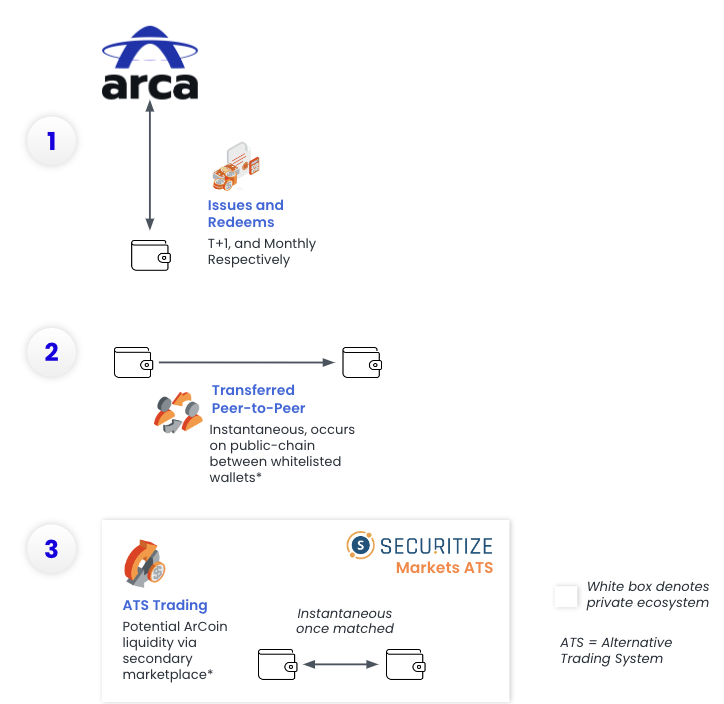Research Summary
The report discusses the fragmentation issue in Ethereum’s blockchain, which arose from the shift to a rollup-centric roadmap. It explores the impact of this fragmentation on liquidity and composability, and the challenges it poses to social coordination and interoperability. The report also highlights various solutions aimed at addressing these issues, including Starkware’s fractal scaling, Arbitrum’s Orbit chains, and Polygon’s Aggregation Layer.
Key Takeaways
Ethereum’s Shift to Rollup-Centric Roadmap
- Change in Ethereum’s Scalability Approach: Ethereum initially planned to achieve scalability through 64 shards. However, the rollup-centric roadmap, formalised in 2020, shifted Ethereum’s focus to consensus and data availability, outsourcing execution to cheaper and faster chains. This shift has unintentionally fragmented liquidity and composability, affecting the overall user experience.
Modular Scaling Solutions
- Diverse Strategies to Address Fragmentation: Various players in the Ethereum ecosystem have introduced different modular scaling solutions. Starkware’s fractal scaling, Arbitrum’s Orbit chains, and Polygon’s Aggregation Layer are some of the strategies aimed at addressing fragmentation. However, these solutions, with their asynchronous sequencing and proprietary technology stacks, exacerbate fragmentation.
Fragmentation Challenges
- Impact on Liquidity and Interoperability: The report highlights that the modular design of Ethereum’s blockchain leads to a fragmented global state, negatively affecting liquidity. Liquidity has mostly aggregated on Ethereum’s base layer due to this fragmentation. Additionally, interoperability remains a significant challenge due to fragmentation of liquidity and social coordination.
Solutions to Fix Fragmentation
- Benefits of Addressing Fragmentation: Addressing fragmentation can lead to shared liquidity, gas efficiency, seamless app upgrades, and easier L2 bootstrapping and development. It can also enhance user experiences and foster network effects and resource optimisation.
Future of Ethereum
- Unified Scaling Landscape: The report suggests that the introduction of Based rollups and Shared Sequencers could mitigate fragmentation challenges, offering a blueprint for a more cohesive, aligned, and unified scaling landscape. This could improve the developer and user experience, fostering a more integrated, efficient, and user-friendly crypto ecosystem.
Actionable Insights
- Monitor Developments in Ethereum’s Scaling Solutions: Stakeholders should keep an eye on the evolution of Ethereum’s scaling solutions, particularly the rollup-centric roadmap and its impact on fragmentation. This could provide insights into potential opportunities and challenges in the Ethereum ecosystem.
- Explore Opportunities in Modular Scaling Solutions: There may be potential to leverage the diverse modular scaling solutions being developed within the Ethereum ecosystem. Stakeholders should explore these technologies and their potential applications.
- Consider the Impact of Fragmentation on Investment Decisions: The fragmentation issue in Ethereum’s blockchain could have significant implications for investment decisions. Stakeholders should consider this when evaluating potential investments in the Ethereum ecosystem.












